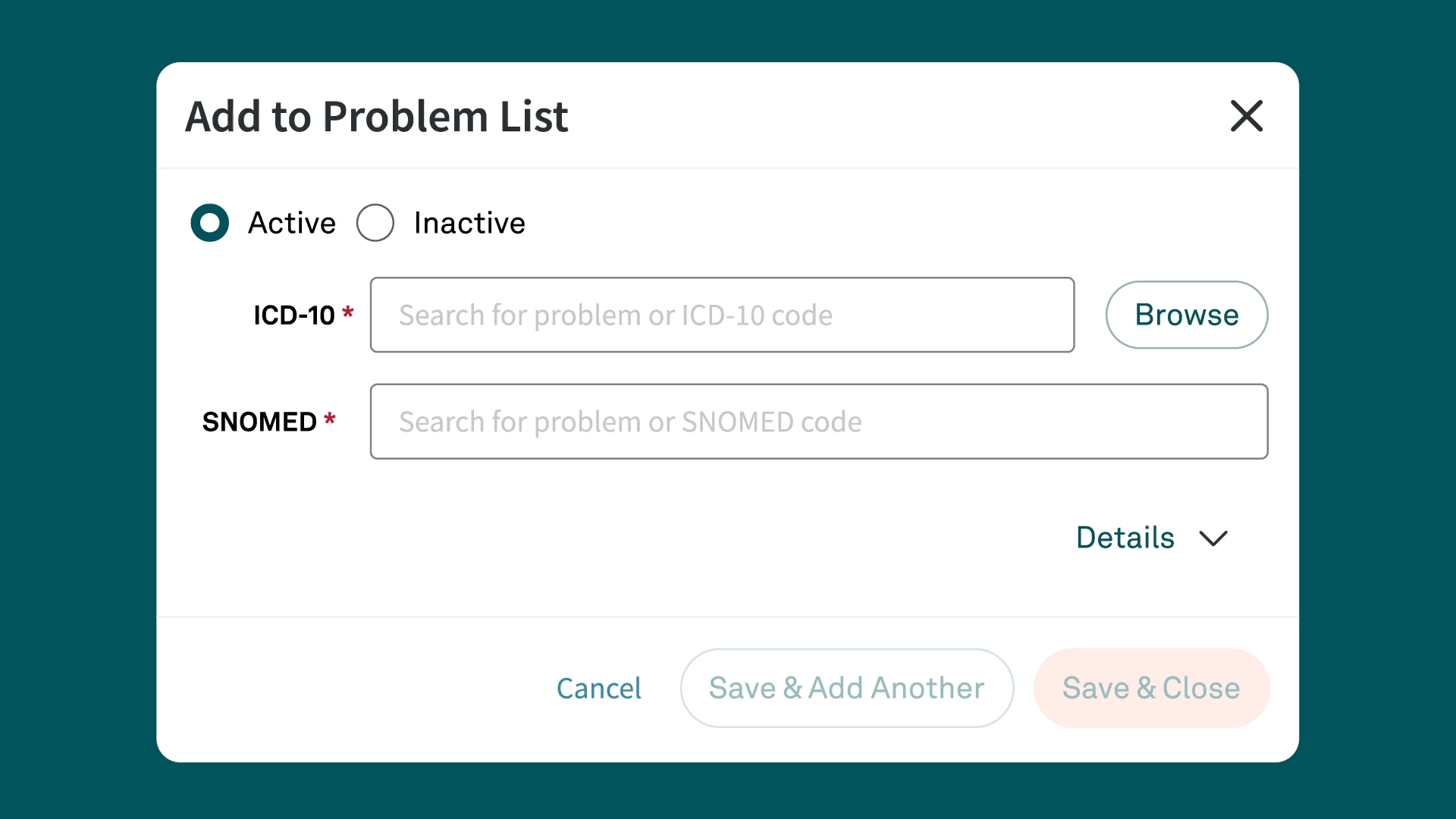ICD-10 Code R60.9
Edema, unspecified
What is the code R60.9?
R60.9 is an ICD-10-CM code identifies instances of “edema, unspecified,” which is a condition characterized by an excess accumulation of fluid in the tissues of the body. This code appears under "symptoms, signs, and abnormal clinical and laboratory findings, not elsewhere classified" in the International Classification of Diseases, 10th revision, Clinical Modification (ICD-10-CM).
Download your free resource now
Access it instantly — just complete the form

Detailed description of R60.9
Edema (ICD-10 R60.9) is a medical condition where fluid accumulates in the body's tissues, leading to swelling. This swelling can occur in various parts of the body, including the legs, feet, arms, and hands. The condition can be caused by a variety of factors, including heart failure, kidney disease, liver cirrhosis, and localized conditions like venous insufficiency or lymphatic obstruction. The R60.9 code specifically denotes "edema, unspecified," meaning the precise cause or type of edema has not been identified or documented.
Symptoms commonly associated with R60.9
Symptoms commonly associated with edema include:
- Swelling in the affected area
- Stretched or shiny skin
- Skin that retains a dimple after being pressed (pitting edema)
- Increased abdominal size (in cases of abdominal edema)
- Difficulty moving the affected limb due to swelling
- Shortness of breath (if edema affects the lungs)
These symptoms can vary depending on the underlying cause and the severity of the fluid accumulation.
Related and similar ICD-10 codes
Several ICD-10 codes are related to or similar to R60.9, and can specify different types or causes of edema:
- R60.0: Localized edema
- R60.1: Generalized edema
- I50.1: Left ventricular failure, unspecified (a cause of pulmonary edema)
- N04.9: Nephrotic syndrome with unspecified morphologic changes (a cause of kidney-related edema)
- I87.2: Venous insufficiency (chronic) (peripheral) (a cause of lower extremity edema)
These codes can provide more specific information regarding the type and cause of the edema.
Appropriate usage and guidelines for R60.9
When using the R60.9 code, ensure that the diagnosis of edema is documented in the patient's medical record. Another term that may be coded to R60.9 is “fluid retention.” Coders should review the documentation for information regarding the edema's location, and any relevant clinical findings so that the most specific code may be assigned. Use the R60.9 code when the cause of the edema is not specified or cannot be determined. If the underlying cause is known, it is advisable to use a more specific code that reflects the etiology of the edema.
Common pitfalls in coding with R60.9
One common pitfall in coding with R60.9 is failing to document the diagnosis in the medical record. Detailed clinical notes support accurate coding. Another pitfall is using R60.9 when a more specific code would be appropriate. For instance, if the edema is due to heart failure, the code that reflects the heart failure should be assigned rather than the general edema code. Additionally, coders should avoid assuming the cause of the edema without proper documentation from the healthcare provider.
Key resources for R60.9 coding
- ICD-10-CM Official Guidelines for Coding and Reporting: These guidelines provide comprehensive instructions for using ICD-10 codes.
- Centers for Medicare & Medicaid Services (CMS): CMS offers a wealth of resources and updates on coding practices, including webinars, manuals, and bulletins.
- Professional coding organizations: Organizations like the American Health Information Management Association (AHIMA) and the American Academy of Professional Coders (AAPC) offer educational resources, certifications, and support for medical coders.
- Coding reference books and software: Reference materials such as the ICD-10-CM codebook can support medical coders and providers.
These resources can help ensure accurate and compliant coding practices.
Conclusion
Use R60.9 to document unspecified edema. Accurate coding and documentation are important for effective patient care and proper reimbursement. Understanding the symptoms, related codes, and appropriate usage guidelines can help healthcare providers and coders use this code effectively. By avoiding common pitfalls and utilizing key resources, medical professionals can ensure precise and efficient coding for edema cases.
Simplify ICD-10 code documentation with Tebra
Tebra’s EHR+ gives you quick searches and Systematized Nomenclature of Medicine (SNOMED) field names for efficient code documentation. Plus, Tebra automatically saves ICD-10 to SNOMED mapping for future searches, streamlining your workflow.

Discover how Tebra helps providers effortlessly document health-related issues and conditions in this detailed post.
Similar Codes
Stay Ahead with Expert Healthcare & Billing Insights
Get the latest industry updates, financial tips, and expert strategies — delivered straight to your inbox.


